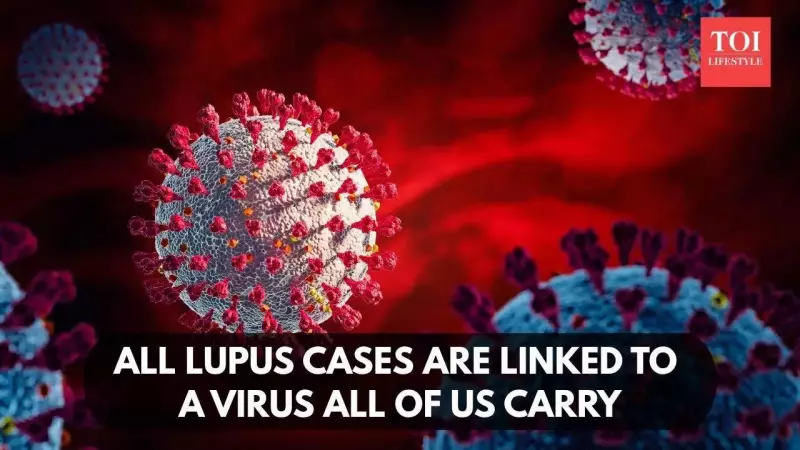
Virus Present in Nearly Everyone Identified as Lupus Culprit
In a medical breakthrough that could reshape autoimmune disease treatment, scientists from Stanford Medicine have definitively identified the Epstein-Barr virus (EBV) as the direct cause of systemic lupus erythematosus. This chronic autoimmune condition has puzzled medical experts for decades, but new research published in Science Translational Medicine provides conclusive evidence linking the nearly universal virus to lupus development.
Senior author William Robinson, MD, PhD, a professor of immunology and rheumatology at Stanford, made a striking declaration about their findings: "We think it applies to 100% of lupus cases." This statement underscores the comprehensive nature of their discovery, suggesting that every lupus patient likely developed the condition due to EBV infection.
Understanding the Lupus-EBV Connection
Systemic lupus affects approximately 5 million people worldwide, with close to one million Americans living with this challenging condition. The disease occurs when the immune system mistakenly attacks the contents of cell nuclei, leading to widespread organ and tissue damage throughout the body. Common affected areas include the skin, joints, kidneys, heart, and nervous system.
The research reveals several crucial patterns about lupus patients: nine out of ten lupus patients are women, though the reason for this gender disparity remains unknown. Chronic fatigue represents one of the most significant symptoms, though manifestations vary widely between individuals. While most patients can manage the condition with proper diagnosis and medication, approximately 5% of cases become life-threatening.
This discovery adds to growing evidence connecting Epstein-Barr virus to multiple long-term health issues, including various autoimmune conditions beyond lupus.
How Epstein-Barr Virus Infects and Persists
Epstein-Barr virus represents one of the most common human viruses globally, with approximately 19 out of 20 Americans carrying the infection silently. The virus primarily spreads through saliva, making transmission almost inevitable through normal daily interactions.
"Practically the only way to not get EBV is to live in a bubble. If you've lived a normal life, the odds are nearly 20 to 1 you've got it," explained Dr. Robinson. Most people contract the virus during childhood through shared utensils or glasses, or during teenage years through kissing - which explains why EBV causes mononucleosis, often called 'the kissing disease.'
Once infected, the virus establishes permanent residence in the body. EBV belongs to the herpes virus family, which includes viruses responsible for chickenpox and herpes simplex. Like its relatives, EBV remains in the body indefinitely, even when patients remain symptom-free.
Dr. Anca Askanase, clinical director of the Lupus Center at Columbia University (who wasn't involved in the Stanford research), emphasized the importance of this discovery: "If we now better understand how this fastidious virus is responsible for autoimmune diseases, I think it's time to figure out how to prevent it."
While there is currently no cure for lupus, this groundbreaking research opens new avenues for potential vaccines and treatments targeting Epstein-Barr virus, offering hope to millions affected by this mysterious autoimmune condition.





